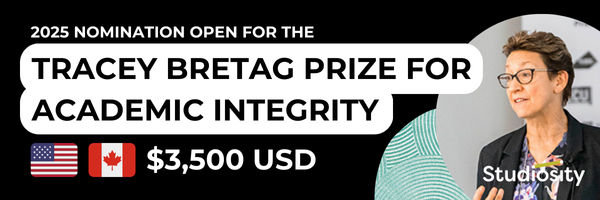Dr. Chris Zhang (PhD) knows and understands the amount of time it takes to recover from lung cancer surgery.
The best option for treatment of lung cancer today is surgery. However, Zhang said that the surgical process still takes many difficult weeks for the patient to completely recover from due to the invasive nature of the operation.

Dr. Chris Zhang's (PhD) method will reduce trauma to the body and decrease recovery time post-surgery. (Photo: USask)
But Zhang, a professor in the University of Saskatchewan (USask) College of Engineering, is devising a new and far less invasive method for treating lung cancer tumours that will reduce trauma to the body and decrease recovery time post-surgery.
"Lung cancer is a very serious problem in Canada," he said. "I want this tool to add value by avoiding any significant complications with diagnosis and surgery."
Zhang is working with Dr. Mike Moser (MD) and Dr. Yigang Luo (MD, PhD) with the Department of Surgery in USask's College of Medicine, Dr. Anderson Tyan (MD) with the Division of Respirology in USask's College of Medicine, and Dr. Jason Fang (PhD) in the College of Engineering to better develop this new surgical tool. The project has received funding from the Saskatchewan Health Research Fund's (SHRF) Solutions program, which supports interdisciplinary health research projects that address prevalent health issues in the province.
Currently, there are two "standard" methods for removing lung cancer tumours. The first and most invasive is open surgery, which has the potential for numerous complications in addition to being the most traumatic for the patient.
The second is the use of microwave ablation, where a needle-like probe is inserted through the skin and into the lung to deliver microwave energy directly onto the tumour, destroying cancerous tissue.
Zhang's method eliminates penetration of the skin altogether and instead suggests a device that could be threaded down the airway through the nose or mouth, to eliminate tumours using microwave ablation.
"The microwave tool is bulky, so the challenge is how do you design the probe, to make it small and make it soft because we're dealing with human tissue. We don't want (the tool) to be a hard structure," he said. "The second challenge is how do we deliver the tool, and (delivery) through the nose and airway calls for the delivery system to be flexible."
The idea of using the airway to deliver treatment has some precedent. Zhang said a tool for doing a biopsy on a lung cancer tumour uses the same method. Zhang and his team will need to build a device that is both small enough and soft and flexible enough to be inserted through the airway.
With collaborators from the College of Medicine, Zhang hopes to use insights from surgical professionals as the tool develops, to ensure it would be viable and meet their goals of being minimally invasive and sustainable in use.
Zhang brings unique experience to this project, having worked on minimally intrusive catheters and scoping technology in past projects. He credited the multidisciplinary team assembled to create this new device, and said the SHRF funding helps get these kinds of projects from a concept to reality.
"Without this support, this would only be an idea," Zhang said. "It's very timely to have this kind of support, and we are in a unique position to carry out this type of research."












